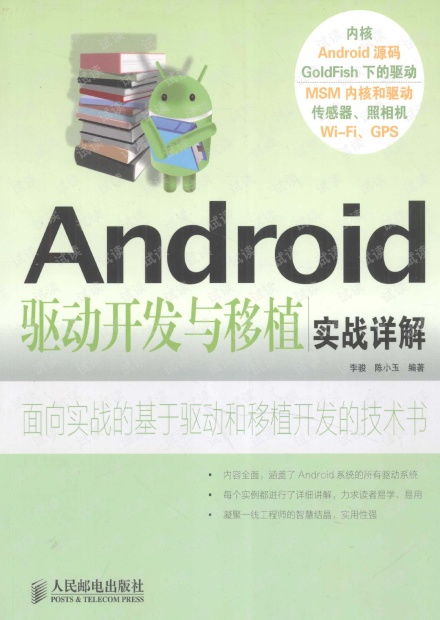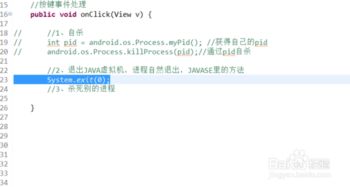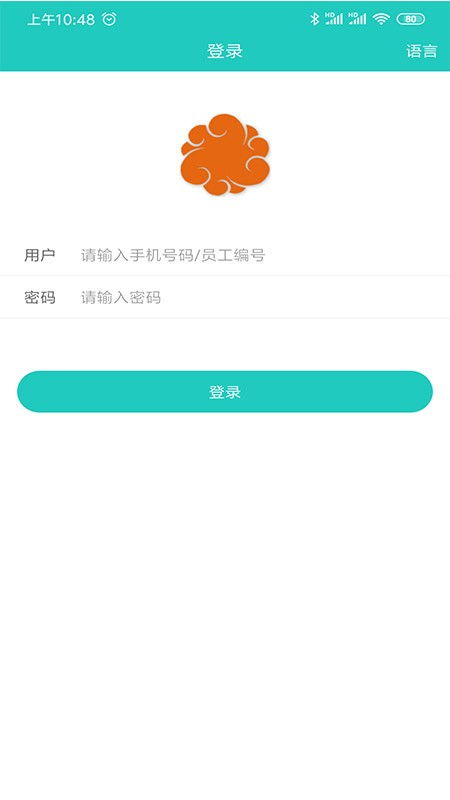
安卓系统驱动开发实战,实战解析与技巧分享
时间:2025-01-21 来源:网络 人气:
亲爱的技术探索者,你是否曾在深夜里对着电脑屏幕,想象自己能亲手打造一个安卓系统的世界?现在,就让我们揭开安卓系统驱动开发的神秘面纱,一起走进这个充满挑战与乐趣的实战之旅吧!
一、初识安卓系统驱动开发

安卓系统,这个全球范围内最受欢迎的移动操作系统,背后有着一套复杂的驱动程序体系。驱动开发,就是为安卓设备编写这些程序的过程。它就像是安卓的“心脏”,负责与硬件设备沟通,确保系统稳定运行。
想象当你按下电源键,手机屏幕亮起的那一刻,背后就是驱动程序在默默工作。而要成为一名合格的安卓驱动开发者,你需要掌握以下技能:
1. 扎实的编程基础:熟悉C/C++语言,了解操作系统原理,掌握数据结构和算法。
2. 硬件知识:了解手机硬件架构,包括CPU、内存、存储、传感器等。
3. Linux内核知识:熟悉Linux内核的工作原理,掌握内核模块的编写和调试。
二、实战篇:从零开始编写驱动程序

现在,让我们开始动手编写一个简单的驱动程序吧!以下是一个基于Linux内核的字符设备驱动程序示例:
```c
include
include
include
static int major;
static struct class cls;
static struct cdev my_cdev;
static int device_open(struct inode inode, struct file file) {
printk(KERN_INFO \Device opened\
return 0;
static int device_release(struct inode inode, struct file file) {
printk(KERN_INFO \Device released\
return 0;
static long device_ioctl(struct file file, unsigned int cmd, unsigned long arg) {
printk(KERN_INFO \Device ioctl called with cmd %d\
\, cmd);
return 0;
static struct file_operations fops = {
.open = device_open,
.release = device_release,
.unlocked_ioctl = device_ioctl,
static int __init device_init(void) {
printk(KERN_INFO \Device init\
major = register_chrdev(0, \my_device\, &fops);
if (major < 0) {
printk(KERN_ALERT \Registering char device failed with %d\
\, major);
return major;
}
cls = class_create(THIS_MODULE, \my_device\);
if (IS_ERR(cls)) {
unregister_chrdev(major, \my_device\);
printk(KERN_ALERT \Failed to register the class\
return PTR_ERR(cls);
}
device_create(cls, NULL, MKDEV(major, 0), NULL, \my_device\);
cdev_init(&my_cdev, &fops);
if (cdev_add(&my_cdev, MKDEV(major, 0), 1) < 0) {
printk(KERN_ALERT \Failed to add my_cdev\
class_destroy(cls);
unregister_chrdev(major, \my_device\);
return -1;
}
return 0;
static void __exit device_exit(void) {
printk(KERN_INFO \Device exit\
cdev_del(&my_cdev);
device_destroy(cls, MKDEV(major, 0));
class_destroy(cls);
unregister_chrdev(major, \my_device\);
module_init(device_init);
module_exit(device_exit);
MODULE_LICENSE(\GPL\);
MODULE_AUTHOR(\Your Name\);
MODULE_DESCRIPTION(\A simple character device driver\);
这段代码定义了一个简单的字符设备驱动程序,它会在系统启动时注册一个名为“my_device”的设备,并提供一个ioctl接口。
三、调试与优化

编写完驱动程序后,接下来就是调试和优化了。以下是一些调试和优化技巧:
1. 使用printk打印调试信息:在关键位置添加printk语句,可以帮助你了解程序运行情况。
2. 使用内核调试器:如kgdb,可以帮助你调试内核代码。
3. 优化代码性能:关注代码执行效率,减少不必要的内存分配和释放,提高程序稳定性。
四、实战案例:编写一个USB设备驱动
现在,让我们来编写一个USB设备驱动程序。以下是一个基于USB HID设备的驱动程序示例:
```c
include
include
include
include
include
static int major;
static struct class cls;
static struct cdev my_cdev;
static int device_open(struct inode inode, struct file file) {
printk(KERN_INFO \Device opened\
return 0;
static int device_release(struct inode inode, struct file file) {
printk(KERN_INFO \Device released\
return 0;
static long device_ioctl(struct file file, unsigned int cmd
相关推荐
教程资讯
教程资讯排行













